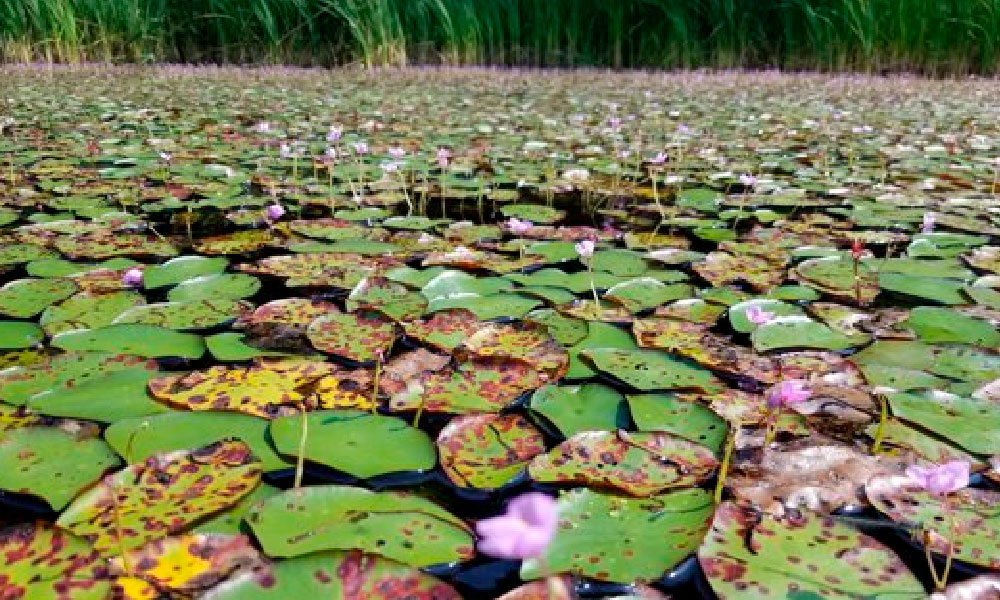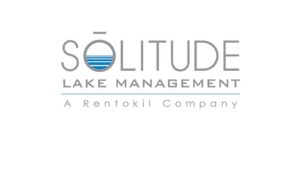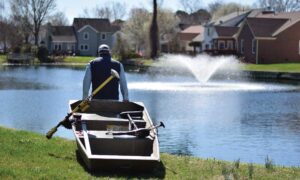While invasive plants are generally introduced to the United States from other parts of the world, plants that are native to the country can also be considered invasive when introduced to new regions within our borders.
Clean your fishing and boating equipment
Many invasive aquatic plants like milfoil, hydrilla and giant salvinia reproduce through fragmentation, meaning any small piece of the plant that breaks off may begin new infestations.
Don’t buy exotic plant species online
A good rule of thumb is to save plant purchases for reputable local nurseries, where experts are well-versed on native plant life and can make appropriate recommendations for your property or hobby.
Volunteer during removal events
Depending on the target species a variety of techniques may be necessary, including hand-pulling, cutting and burning.
Plant native species
In addition to implementing targeted removal efforts, it’s also favorable to replant affected ecosystems with native species.
Address the issue immediately
If you suspect an invasive species infestation, don’t let it linger. Likewise, having your site inspected regularly will facilitate the early detection of invasive species, allowing you to intercept the growth before it gets out of hand or becomes too costly.
Learn more via SOLitude Lake Management blog

























